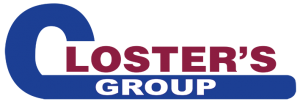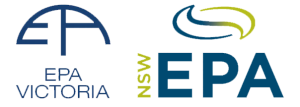Jetting and High-Pressure Cleaning
At Closter’s Group we have extensive experience and the know how to tailor a solution to the pipe, drain, sewer or the type of blockage you may be faced with. Together with the use of our vacuum combo unit not only can we clean any pipe, drain, culvert, gully or man hole, we also remove all waste leaving your site spotlessly clean.
Line jetting, also known as hydro-jetting, is the latest in next generation pipe line cleaning & maintenance. It’s thoroughness and effectiveness make it the number one choice in comparison to the traditional and out dated mechanical drain snakes’ plumbers are renowned to use.
By using pressurized water to thoroughly clean the inside of your pipe, the high-pressure pipe jetting not only restores flow but can remove grease build up inside of your sewer pipe and even remove tree roots to improve the flow inside of your pipes. Jets of water are delivered from the rear of the device and aid in providing additional cleaning upon the removal of the clog. Your facility’s pipes will be cleaner than ever, and clogs and blockages will be a thing of the past.
Line Jetting Protocol
• Pipe inspection: Our technicians will access the pipe and perform a cctv camera inspection to identify the problems and locate any issues. If there’s a complete blockage, they may need to do a pipe cleaning to re-establish flow so that the pipe is visible on the camera. The inspection will also reveal whether there are any breaks, cracks or separations in the line that may require repairs to be undertaken.
• Jet the line: Once the line has been inspected and issues identified, our technician will insert a hose with a cleaning head that can deliver up to 4000 psi of pressure in the pipe. The tech is able to alter the amount of pressure as needed to adapt to the severity of the clog. The cleaning head is moved along the pipeline while paying close attention to problematic areas.
• Inspecting: The sewer pipe line is further inspected using our cctv pipe line camera once again to ensure that any build up or roots have been completely removed and that the line is now clean and open to maximum capacity. This final inspection serves as a crucial quality control step. The technician can determine if there is any residual debris along the walls of the piping system that requires additional attention and removal.



